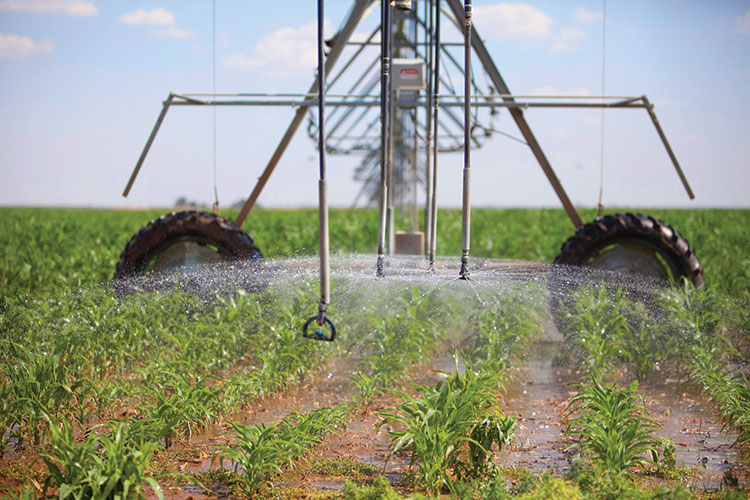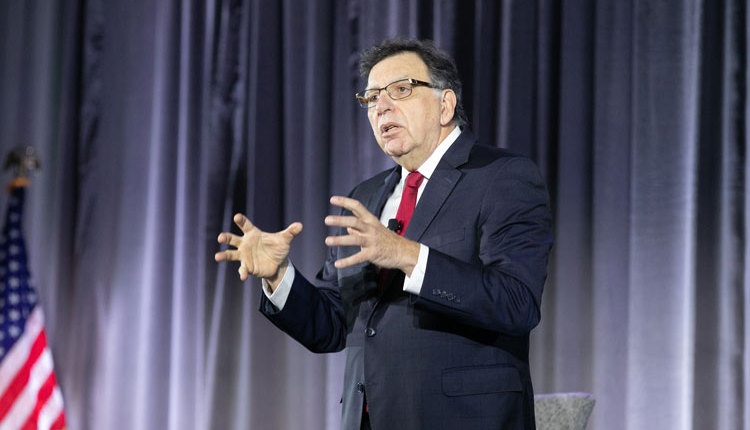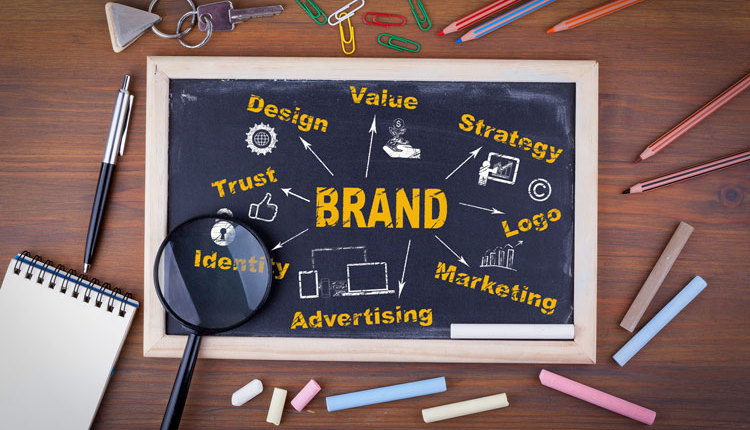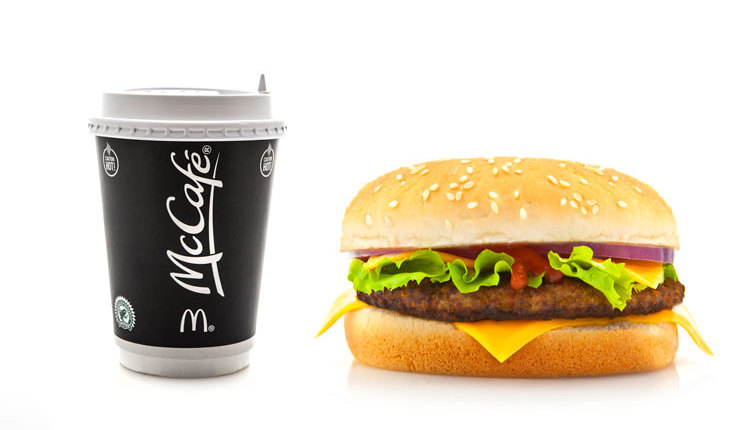
There were two announcements made recently from companies about the environment, both of which had a different impact on the dairy community.
One announcement came from Starbucks’ corporate office. The proclamation highlights five areas of focus for its sustainability platform, including expanding plant-based options and “migrating toward a more environmentally friendly menu.”
Another announcement came from Brightmark Energy about a partnership with four Florida dairy farms. Together, their project will convert 230,000 tons of manure per year into renewable natural gas, reducing methane emissions from these dairy farms.
The Starbucks’ announcement caused a fair amount of concern and some anger in the dairy community.
But, why?
While Starbucks’ proclamation came as a surprise, the fact that more and more companies, organizations, and governments will make similar announcements in the near future should surprise no one anymore.
Bottom-line priorities
Some of these companies are well intentioned, even if they may miss the mark on dairy’s true story of generations-long environmental excellence.
For example, the Starbucks’ decision could imply a move to more dairy alternative beverage use. But, did the company fully consider the environmental impact that some of the dairy alternatives have, namely water use, or that real dairy has superior nutrition qualities?
Did they know that the U.S. dairy community was the first agricultural sector to commission a full life cycle assessment in 2008 to understand our environmental footprint? That analysis showed that fluid milk accounts for only 2% of total greenhouse gas emissions in the U.S.
Thanks to innovative farm practices and new technologies, the environmental impact of producing a gallon of milk in 2017 shrunk significantly from 2008. That improved environmental story involved using 31% less water and 21% less land, resulting in a 20% smaller carbon footprint.
Playing to consumers
These companies are ultimately doing what they believe is in their best interests.
If a segment of consumers believes that plant-based foods are better for the planet or healthier, companies will play to that perception. Like our dairy farmers, they are running a business, and they will make decisions based on what they think is best for them.
However, if we spend all our time and energy reacting to what companies do, we will lose as an industry. Defense and denial are not a strategy for success.
There is a plan to proactively deal with what companies do and announcements they make that is driven by dairy industry leadership. Those leaders include farmers, dairy cooperatives, processors, manufacturers, retailers, and food service companies. That strategy was formed more than 10 years ago by the Innovation Center for U.S. Dairy, an organization founded by dairy farmers through their checkoff to convene the entire value chain.
The strategy focused on three principles:
- Build the base of credible environmental science while continuing to build our nutrition science, where the checkoff’s National Dairy Council plays a lead role.
- Create relationships with those who sell our products to educate them on the facts and engage them in a relationship with dairy leadership.
- Establish our environmental story with thought leaders and influencers world-wide.
Industry-wide contributions
The Brightmark Energy partnership with Florida dairy farms is an example of forward-thinking farmers partnering with others to improve the environment and do it profitably. Sustainability for Starbucks, farmers, or others must be profitable and it must be inclusive. For example, not every farm can financially justify digesters, but most have, can, and are doing things that improve their operations in an environmentally sound way.
And remember, some technologies that are out of reach for many now won’t always be. I’m old enough to remember when people assumed computers would be only used by big governments and corporations. Today, more than 3 billion people — nearly 40% of the world’s population — have more power in the palm of their hand through a smartphone than NASA had when sending the first man to the moon some 50 years ago!
The choice is ours
So, as always, we have a choice.
We can be reactive and defensive and try to put out fires every time one pops up.
Or, we can build from the strategy outlined above and supported by the industry through the Innovation Center for U.S. Dairy.
We can engage with companies and thought leaders to help them understand and value what we do. We can work to assure that sustainability and profitability go hand-in-hand for farmers.
The choice of which path is best for dairy and dairy farmers has been clear for a long time. To succeed in this fight for survival and reach a high level of prosperity (not guaranteed for all, but rather a reasonable opportunity to succeed), we must do three things:
1. We need to provide leadership. That means doing things and taking stances that in the short term aren’t always popular with some of our constituents.
2. We need to not play to the lowest common denominator. If our progress is based on the lowest common denominator, we will lose this battle. We will lose it!
3. We need to get partners to invest with us in bringing environmental solutions to reality. Billions are being spent in the environmental space by corporations, foundations, and investors. Let’s raise our game and be part of those discussions.
Take a long-term approach
The environmental issues will play out over time. Our environmental and nutrition story is strong, and by being proactive, it will only get stronger.
Everything is within our grasp to succeed!










